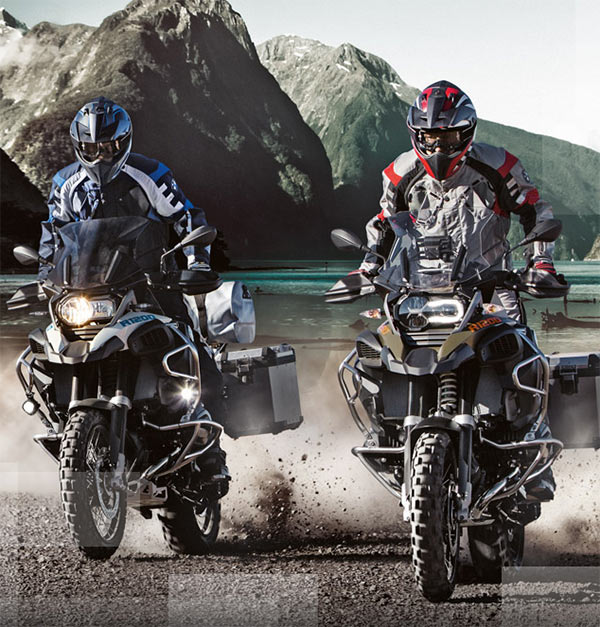 | « Back to article | Print this article |
How to choose perfect tyres for off-roading expedition
Good tyres are your best buddy while taking your desired riding experience. So select your buddy well.
Let your tyre never put you off-road. A deflated worn out tyre is a nightmare for riders putting your schedule off-track and leaving you stranded in the middle of nowhere.
Read our suggestions so that your tyre and bike are always on the road while you keep moving on!
Don't stop, keep moving! A rider can select the best tyre for an off-roading expedition by following these simple tips.
1. Know your tyre size
One of the most important things that a rider needs to do while selecting tyres for comfortable and safe off-roading expedition is to know your tyre size.
Ideally, you should select a much wider tyre size for off-roading expedition than normal road bike tyres.
You can know about your tyre size by checking the sidewall of your tyre.
Normally, the sizes of tyres are mentioned on the sidewall in millimeters (mm) or in inches e.g. 120/70 x 18" or 3.5 x 18". Here, the first number denotes the net width of the tyre in mm or inch and the second number denotes the total diameter of the tyre.
It is advised that one should stick to existing tyre size and any change in the tyre size should not be drastically different from existing size. To maintain durability and optimum riding experience you should change tyre size gradually as per your requirement.
2. Selecting the tread
Tread is the part on your tyre that makes contact with the road. It is critical for the safety and improved riding experience during off-roading expeditions.
Normally, the larger the number of treads the better is the surface grip but the speed of your bike is reduced as the rolling resistance is increased.
Consequently, the rider has to balance between surface grip and speed as per her/his needs while selecting the tread for his tyres.
Please click NEXT to continue reading
3. Identifying the surfaces you would be riding on
The tyre you select should also depend on the type of surface you shall ride on during your off-roading expedition.
Surfaces range from concrete, hard, asphalt surface, gravel laid surface, loose rock, dirt and muddy conditions, mountain surface, etc.
The tyre you select should be based on the surface type, so that you enjoy desired steering control, best handling, safety and better grip at high speed even in wet conditions.
4. Choosing the required tyre valve
Tyre valve needs to be chosen very judiciously.
Failure to select the right valve for your tyre may result in the sudden flattening of your tyre. Loss of air pressure at high speeds due to faulty valves can be extremely dangerous during off-roading biking experience.
Good quality tyre valve is always a good investment for any rider as it increases the fuel economy and mileage of your bike.
It also extends the tyre life and saves your time that you would spend in selecting and replacing tyres.
Please click NEXT to continue reading
5. Selecting the rubber type of your tyre
Tyre rubber comes in two types -- soft rubber for enhanced grip and hard rubber for increased durability of your tyres.
A rider has to select the ideal rubber type on the basis of performance requirement, surface and terrain conditions.
A harsher terrain condition during off-roading expeditions would require usage of hard rubber tyres.
6. Getting the correct tube width
For enjoying optimum performance from your tyres it is critical that you select the correct tube width that match the width of your tyres.
Normally, you should select tubes that are slightly smaller than your tyre's width as they are likely to expand during off-roading expeditions.
Correct tube width coupled with best valve can increase the longevity of your tyre, save fuel and improve the riding experience.
Good tyres are your best buddy while you are taking your desired riding experience. So select your buddy well.



